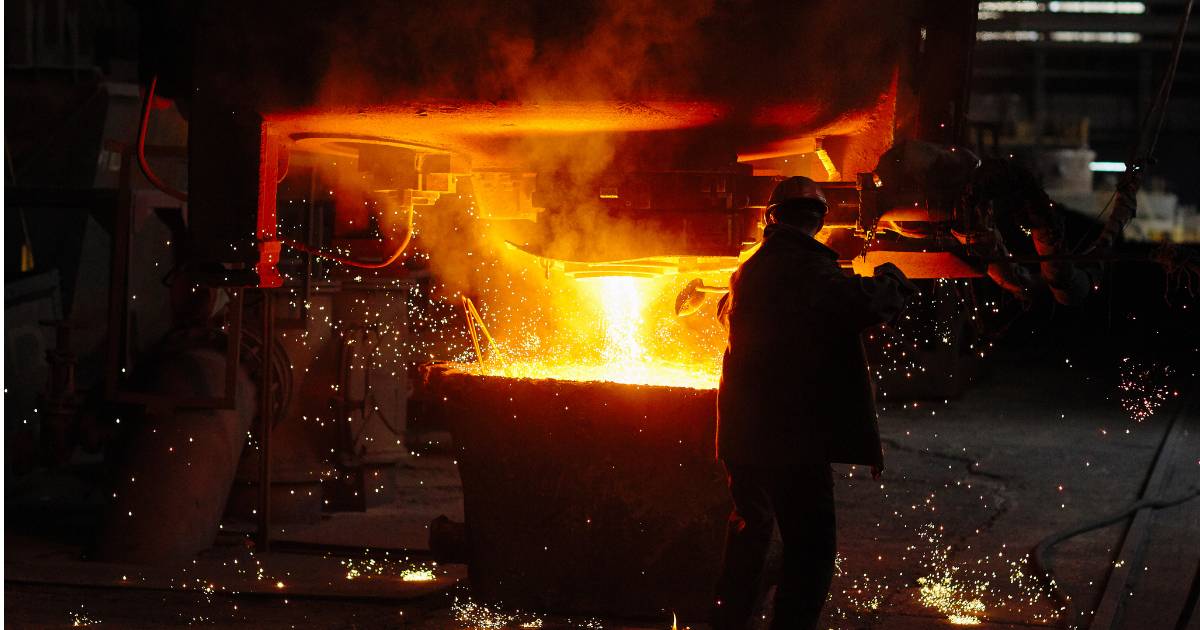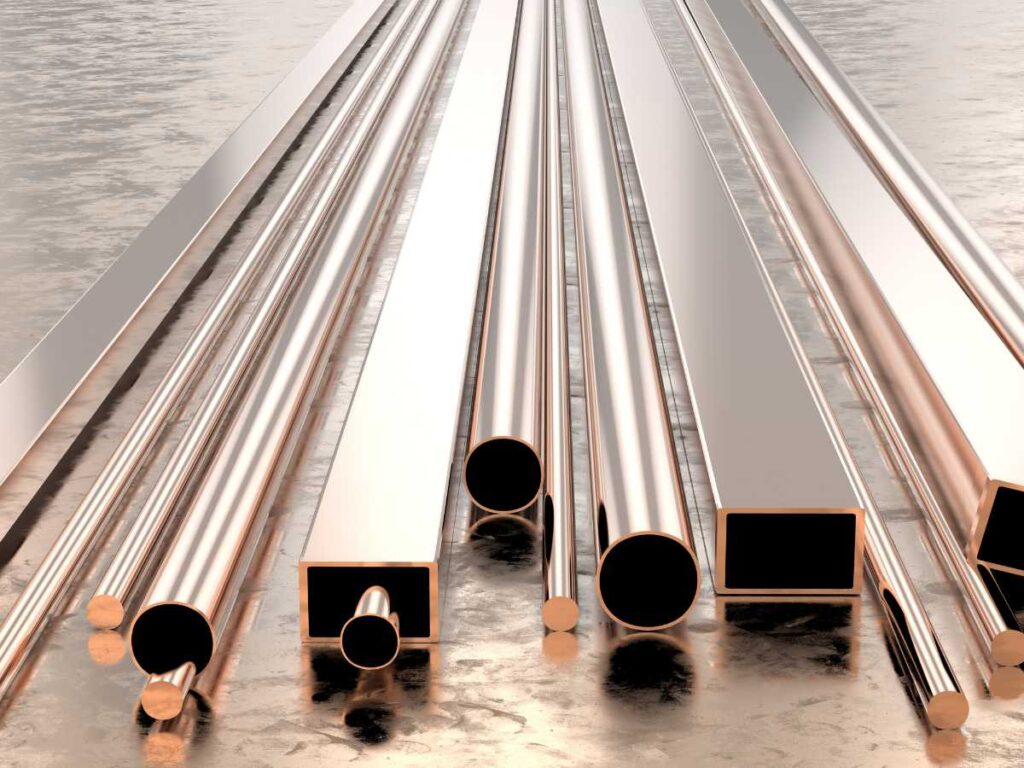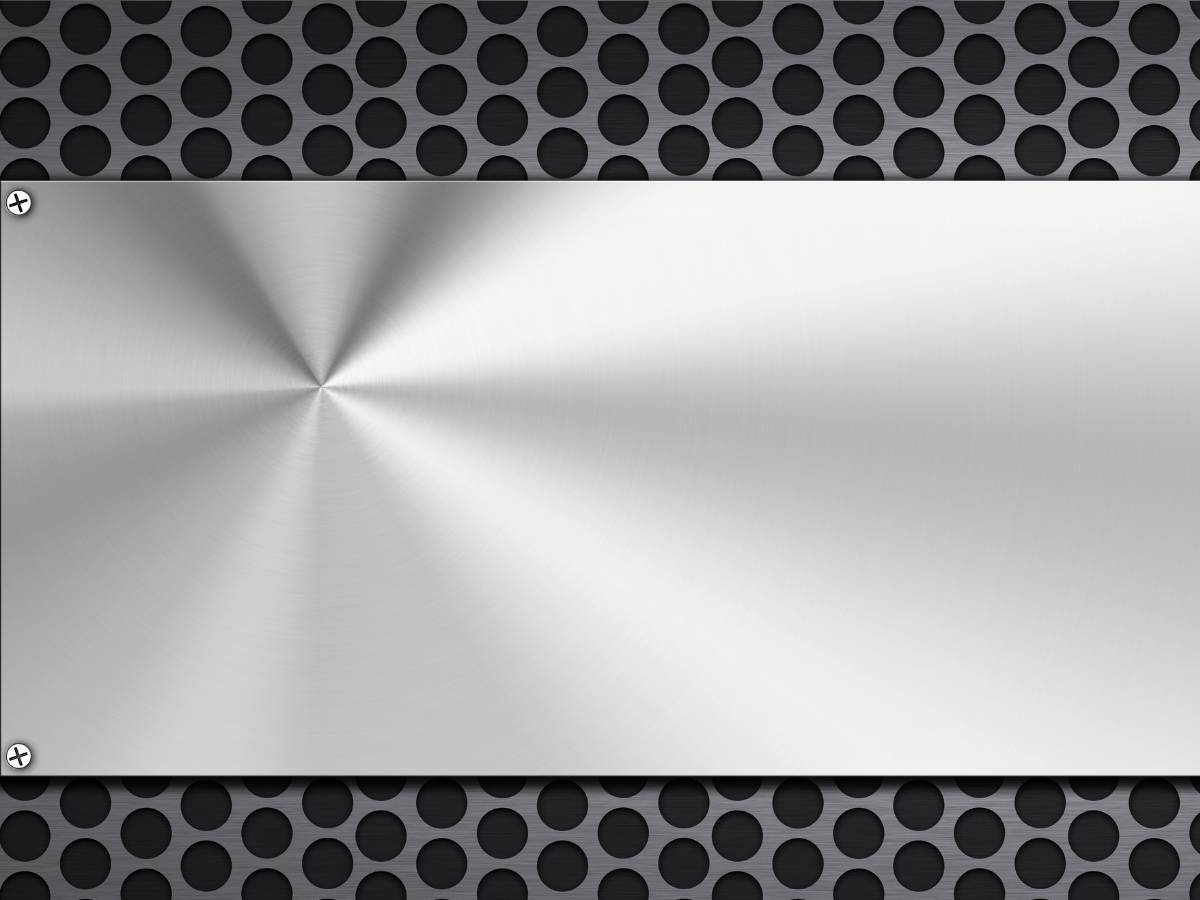Steel treatment refers to processes and techniques that alter steel’s physical and chemical properties. Steel treatment aims to enhance the material’s strength, hardness, toughness, and resistance to corrosion. This is achieved through various methods, such as heating and cooling, mechanical work, and chemical treatments.
Steel treatment is a process in the manufacturing industry. It involves subjecting the steel to various treatments to enhance its mechanical properties. One significant benefit of steel treatment is its ability to improve the metal’s strength and hardness, making it durable and resistant to wear and tear. Steel treatment also helps refine the microstructure of the metal, improving its toughness and resistance to corrosion.
Types of Steel Treatment
Annealing
It is a heat treatment process used in the metallurgical industry to improve the properties of a material. Annealing reduces the hardness and increases metal’s flexibility, making it easier to shape, machine, or weld.
The process heats the material and then cools to room temperature. This slow cooling allows the metal’s crystal structure to rearrange in a more uniform and relaxed state, removing internal stresses and improving its grain structure.
Various annealing techniques depend on the specific requirements and properties desired. These can include full annealing, where the material is heated above its critical temperature and then cooled slowly in a furnace; process annealing, which is a lower temperature annealing for removing internal stresses without affecting the properties of the material; and stress relieving annealing, where the material is heated to a lower temperature to reduce residual stresses caused by welding or machining.
Quenching and Tempering
Quenching is a process used in metallurgy to rapidly cool a material, typically steel, to obtain specific desired properties. The process involves heating the material above its critical temperature and rapidly immersing it in a quenching medium, such as oil or water.
This rapid cooling causes the steel to harden, increasing its strength and hardness. However, this increased hardness makes the steel more brittle and prone to cracking. To overcome this issue, tempering is done.
Tempering is reheating the hardened steel to temperature and then slowly cool down. This gradual cooling helps to relieve internal stresses and increase the toughness of the steel, making it less brittle and more durable. Tempering also improves the machinability of the steel.
Quenching and tempering both enhance the properties of steel, such as strength, hardness, toughness, and machinability, making it suitable for various applications in industries like construction, automotive, and manufacturing.

Case Hardening
Case hardening, also known as surface hardening, is a heat treatment process used to create a hard outer layer or case on the surface of a material while maintaining a tough and ductile core.
It involves increasing the carbon content of the material’s surface by introducing carbon-rich compounds or gases, followed by a rapid cooling process to harden the outer layer. Several case hardening methods include carburizing, nitriding, and induction hardening.
Carburizing involves introducing carbon-rich gases or compounds at high temperatures, while nitriding involves introducing nitrogen-producing compounds to form a hard nitride layer. Induction hardening uses high-frequency electrical currents to heat the material’s surface, followed by rapid cooling.
Case hardening has various applications in various industries, including automotive, aerospace, and manufacturing. It increases components’ surface hardness and wear resistance, improving their durability and overall performance.
Normalizing
Normalizing is a heat treatment process improving the mechanical properties of materials. This mainly aims to refine the material’s grain structure, improving uniformity and strength. This process involves heating the material to a temperature above its transformation range, holding it at that temperature for a specific time, and then allowing it to cool in still air.
One key difference between normalizing and annealing is the cooling mechanism. In normalizing, the material is allowed to cool in still air, while in annealing, it is typically cooled slowly in a furnace or controlled environment. This difference in cooling rates affects the final microstructure of the material.
Normalizing typically produces a finer and more uniform grain structure, while annealing produces a coarser grain structure. It is usually performed on materials that have been previously worked or subjected to high temperatures, while annealing is often used to soften materials and relieve internal stresses.

Austempering
Austempering is a heat treatment process used to improve the mechanical properties of metals, specifically steels. The process involves heating the steel material to a temperature above its transformation range, then quenching it in a molten salt bath.
The steel is then held at a specific temperature for a set amount of time, allowing for the transformation of the steel’s structure. This process causes the formation of a bainite microstructure, which is desirable due to its high strength and good toughness.
Austempering offers several advantages in the treatment of steel. Firstly, it produces a material with excellent mechanical properties, including high flexibility and impact resistance. The process is also less likely to cause distortion or cracking in the steel compared to other heat treatment methods.
This makes it particularly suitable for the treatment of complex-shaped parts. Austempering is commonly used in the automotive industry to produce various components, such as gears, shafts, and suspension systems.
Stress Relieving of Steel
Stress relieving is a process in the steel industry aimed at reducing internal stresses that can cause distortion or cracking of the metal. This process is necessary because steel undergoes various manufacturing techniques, such as welding or machining, that introduce residual stresses.
Stress relieving involves heating the steel to a specific temperature and holding it there for some time, followed by a controlled cooling process. This thermal treatment allows the metal to regain equilibrium, minimizing the risk of stress-related failures.
There are various techniques for stress relieving, including annealing, normalizing, and tempering. These techniques offer several benefits, such as improved flexibility, reduced distortion, and enhanced machinability.
Stress relieving also helps increase the lifespan of steel components by reducing the chances of premature failure due to stress-induced cracking or deformation. Overall, stress relieving is an essential step in the steel manufacturing process, ensuring the integrity and reliability of steel products.
Factors Influencing Steel Treatment
Composition of Steel
The composition of steel is an important factor that influences the treatment process. The different elements present in the steel alloy can affect its properties and behavior during heating and cooling. For example, carbon content can greatly impact the hardness and strength of the steel. Other alloying elements can also influence the steel’s corrosion and heat resistance. Understanding steel composition is essential in selecting the appropriate treatment method and achieving desired material properties.
Desired Properties
One key factor is the carbon content. Adding alloying elements like chromium or nickel can enhance corrosion resistance and toughness. Another important factor is the cooling rate during the heat treatment, affecting the steel’s microstructure and final properties. The type of heat treatment, such as annealing or quenching, also plays a big role in achieving specific characteristics in the steel.
Material Size and Thickness
The size of the steel material determines the amount of time and energy required for heating and cooling during treatment. Thicker materials may require longer heating periods to reach the desired temperature, while thinner materials may heat up more quickly. Careful consideration of these factors can help achieve the desired properties and quality of the steel product.
Equipment Availability
Different types of equipment are necessary for various stages of steel treatment, such as furnaces for heating and cooling, pumps for quenching, and rolling mills for shaping. The treatment process can lead to delays and inefficiencies if the required equipment is not readily available or in proper working condition. Also, outdated or inadequate equipment may not provide the desired results, affecting the overall quality of the steel produced. So, ensuring equipment availability and proper maintenance is necessary for effective steel treatment.
Selecting Suitable Treatment Methods
Steel treatment plays a role in achieving the desired properties for a particular application. It is important to carefully select suitable treatment methods to ensure the metal’s characteristics align with the intended use. Factors to consider when choosing treatment methods include mechanical and physical properties, the part’s complexity, the required precision level, the cost and time constraints, and the environmental impact. Different treatment options, such as annealing, quenching, tempering, or carburizing, offer distinct advantages and drawbacks. Understanding the requirements of the steel and the specific application is important to make informed decisions about treatment methods, ultimately leading to enhanced product performance and reliability.
Our Locations
Get a Quote Now


